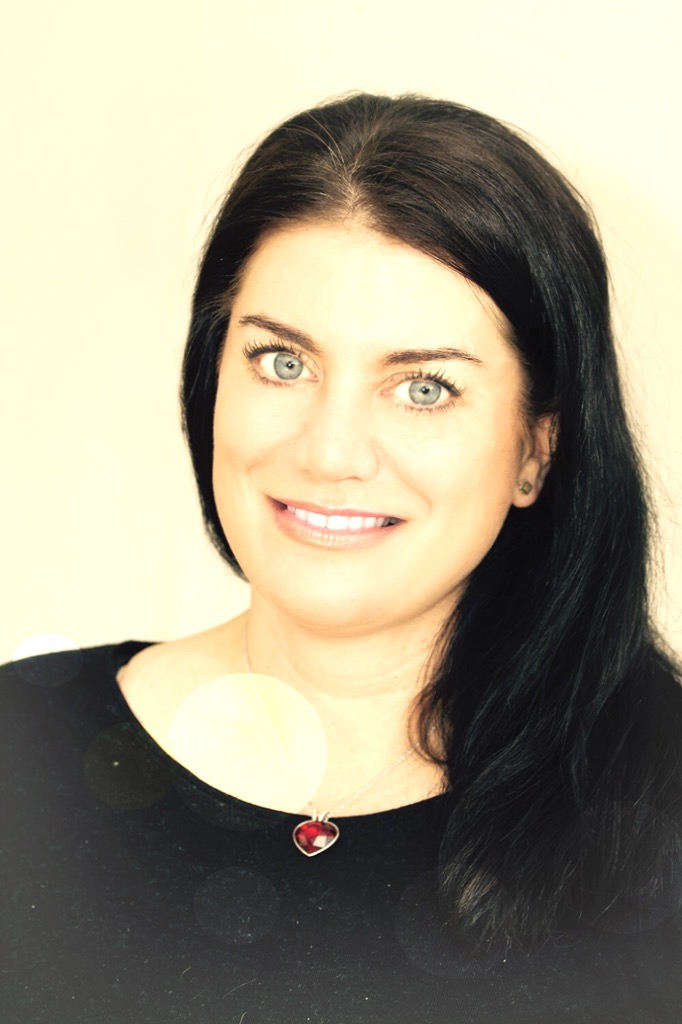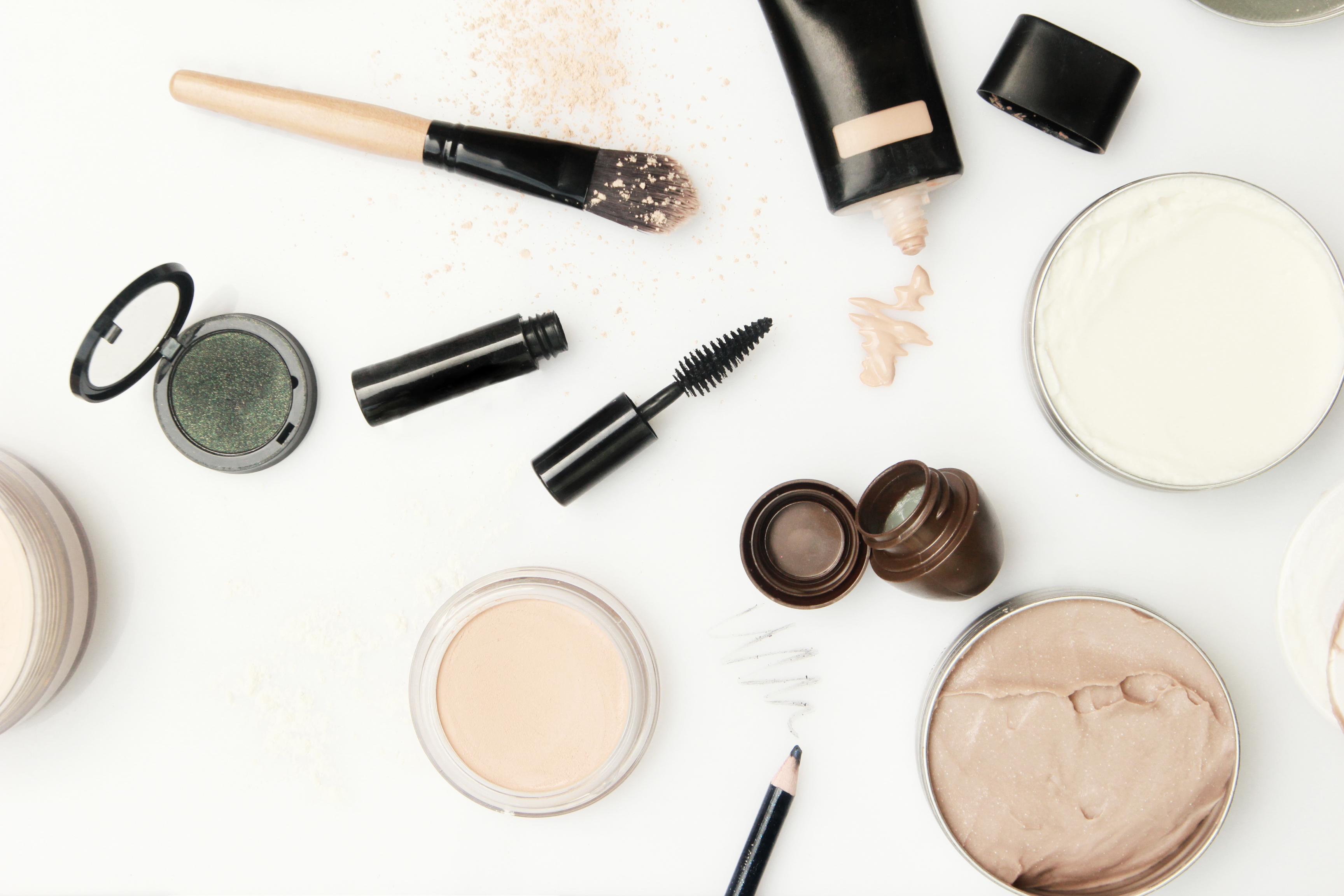Guest blog: key trends driving prestige beauty in 2017
June Jensen, director of UK Beauty at The NPD Group, reveals the hot trends driving sales in prestige beauty this year and what it means for salon and spa owners.
The market for prestige beauty remains very strong in the UK and has grown twice as fast in in 2017 compared to the same period in 2016, but what does this mean for businesses in the sector?
In this piece, I will be focusing specifically at figures from January to June 2017, and this data provides great news for salon and spa owners as there’s been real growth in skincare and make-up, and here’s why.
Sector growth explained
Skincare grew by 6% and make-up – which continues to exceed market expectations – grew by 9% in this period. It’s interesting to note that new launches aren’t driving this growth either – like people would expect.
Looking at growth sectors, premium skincare grew by 34% adding £4.7 million in sales. This is excellent news for skincare houses and the professional market. Super premium skincare, defined as creams worth £100 plus, is only 7% of market, but drove 34% of growth.
The main sales for premium skincare are coming from online and London. We believe some of the growth may be driven by global shoppers, and tourism (due to the channel of which the growth is coming from).
Why make-up is the category to invest in
Make-up is a category that is continually on the rise. It contributes 48% of total beauty growth. Lipstick has always been an indicator of consumer behaviour in uncertain times – the “lipstick effect” is a well-known phenomenon.
As consumers avoid spending on big ticket items in the wake of Brexit, lipstick is an affordable treat and the finishing touch for the next selfie. This year, it is the star performer in the make-up sector, where lip colour grew by 38% adding £12 million in sales, and it accounts for 41% of growth in the make-up category.
Elsewhere in make-up, cushion effect foundations have proved hugely popular and we expect this to continue through this year and into 2018. Mascara sales fell 1% and sales of eyebrow products grew by 22%. This has been a consistent story as brows continue to get bigger and bigger.
Factors influencing trends
Bloggers, vloggers and Instagram influencers certainly play a part in helping to encourage sales of make-up as they are engaged with their audience, plus, we see followers adopting the looks and styles of their celebrity make-up experts.
There are also lots of national days to celebrate make-up too, such as National Lipstick Day and National Kissing Day.
This year, a key trend has been athleisure beauty or the trend for wearing make-up in the gym, which has increased in popularity over the past year. We are seeing a definite increase in make-up sales which we attribute to this trend, especially with foundations that are long-wearing and are formulated with moisturising or oil-controlling properties.



